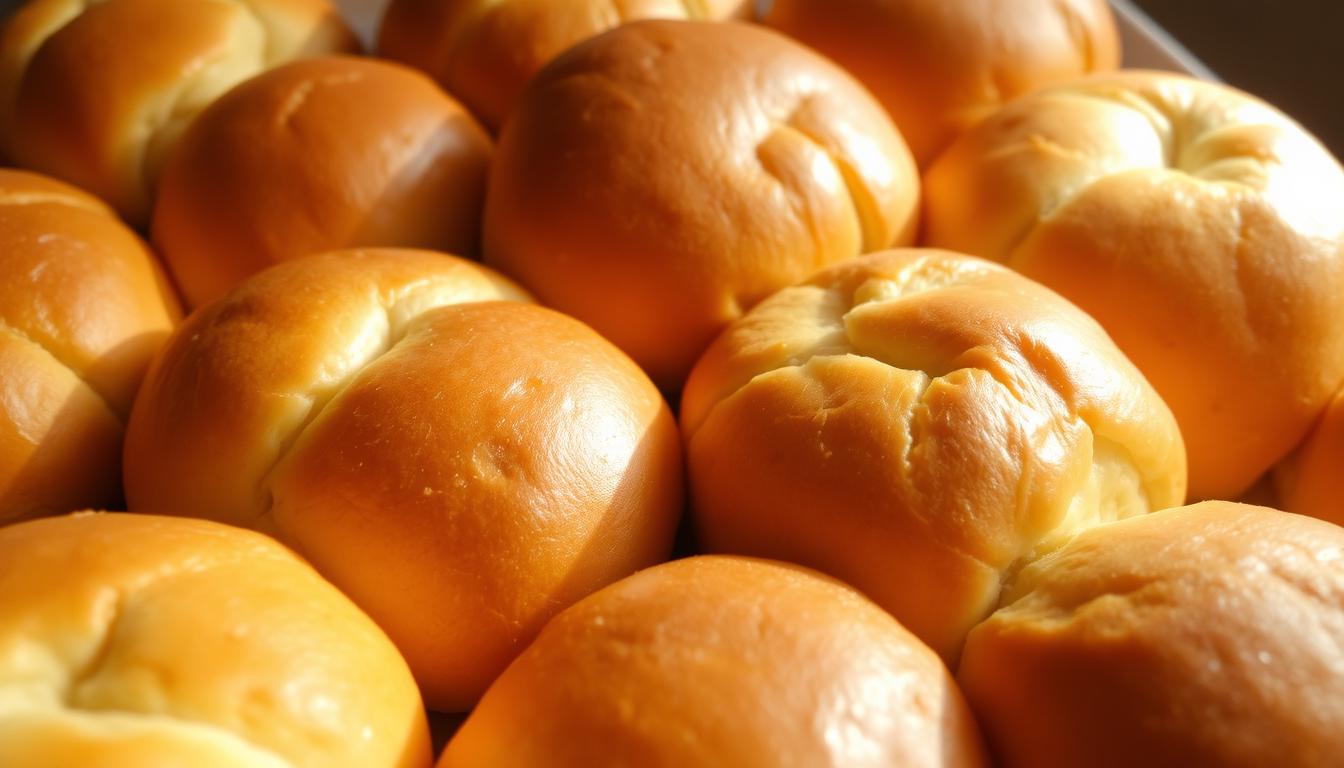Hawaii, the only U.S. state comprised entirely of islands, is home to a cultural and linguistic mosaic. The state’s linguistic composition has been shaped by its history, reflecting a blending of indigenous, immigrant, and colonial influences. It’s a place where English, Hawaiian, and Hawaii Creole English (‘Pidgin’) coexist and intermingle, alongside an array of other languages spoken by Hawaii’s diverse communities.
The Official Languages of Hawaii
Since the constitutional convention of 1978, Hawaii has recognized two official languages: English and Hawaiian, with the latter specified in Article XV, Section 4 for use in public acts and transactions as directed by law.
The majority of residents, approximately 74.6% as of the 2008 American Community Survey, speak English exclusively at home. However, Hawaiian and Hawaii Creole English (‘Pidgin’) are still integral to the island’s identity, with Pidgin serving as a native dialect for many residents and a second dialect for others.
In addition to English, the state’s linguistic makeup features other minority languages like Tagalog, Japanese, and Ilokano, which form the second, third, and fourth most spoken languages respectively. A substantial number of European immigrants and descendants speak their native languages as well, with Spanish, German, Portuguese, and French among the most common.
The Hawaiian Language: A Precious Cultural Gem
A member of the Polynesian branch of the Austronesian family, the Hawaiian language came into existence around 1000 A.D. when Polynesian settlers from the Marquesas or Tahiti colonized the islands. The Hawaiian people evolved from these settlers, and their language developed into what we now know as Hawaiian.
Before the arrival of Captain James Cook, Hawaiian was an entirely spoken language. The written form of the language was established between 1820-1826 by American Protestant missionaries who devised a transcription system based on the Latin alphabet that corresponded to Hawaiian sounds.
Interest in preserving and revitalizing the Hawaiian language has grown exponentially since the late 20th century. The Office of Hawaiian Affairs, established at the 1978 constitutional convention, played a significant role in this resurgence. They helped initiate the establishment of Hawaiian language immersion schools where subjects are taught in Hawaiian. The University of Hawaii also contributed to this resurgence by developing a Hawaiian language graduate studies program and changing municipal codes in favor of Hawaiian place and street names for new civic developments.
Hawaiian language is unique in distinguishing between long and short vowels. Vowel length can be denoted using a macron (kahakō), and it employs the glottal stop as a consonant, often represented with an apostrophe or the ‘okina. Spelling variations exist, with some texts using “Hawaii” and others “Hawaiʻi,” employing an ‘okina between the final two vowels. Native speakers traditionally do not use ‘okinas or kahakos in their writing, sparking debate among Hawaiian language teachers about respect for traditional spellings.
The Vibrancy of Hawaii Creole English
Another prominent linguistic feature of Hawaii is the use of Hawaii Creole English (HCE), often referred to as ‘Pidgin’. Pidgin primarily draws its lexicon from English, supplemented with words from Hawaiian, Chinese, Japanese, Ilokano, Tagalog, and Portuguese.
HCE originated in the 19th century as a pidgin language formed among immigrant communities, primarily from China, Japan, and Portugal, who worked on Hawaii’s sugar plantations. By the early 20th century, the language had creolized as children began to acquire it as their first language.
HCE has a distinct flavor, often utilizing Hawaiian words in daily conversation and modifying the meanings of certain English words. For example, terms like “aunty” and “uncle” can refer to any adult who is a friend or friendly to the family, and they’re often used as a sign of respect for elders. HCE also has a significant influence on surfer slang, and certain expressions, such as “brah” and “da kine,” have traveled far beyond the islands’ shores.
The Great State Name Spelling Debate
The use of Hawaiian as a second official state language has sparked a somewhat divisive debate on the correct spelling of the state’s name in official documents. The U.S. federal government, as outlined in the Hawaii Admission Act, recognizes “Hawaii” as the official state name. However, other entities and publications often utilize the spelling “Hawaiʻi”, incorporating the ‘okina between the final two vowels.
This divergence in spelling conventions often leads to friction and disagreements about which is the correct spelling and where it should be applied. The nuances of this debate are often lost on English speakers outside Hawaii, which only adds to the complexity of the issue.
The Hawaiian linguistic landscape is as vibrant and diverse as its natural beauty, reflecting the state’s rich cultural heritage and history. Despite the dominance of English, the continued usage of the Hawaiian language and Hawaii Creole English highlights the resilience of Hawaii’s unique identity, shaped by its indigenous roots, immigrant histories, and colonial past. Language, after all, is more than mere communication—it’s a living, breathing embodiment of a place and its people.

Scott Sweeney is the creator of Virtual Hawaii 360. Scott is a professional marketer and a lifelong Hawaii enthusiast. Scott splits time between Oahu and Dayton, Ohio. In addition to his marketing endevours, he is also a published Ukulele musician.





